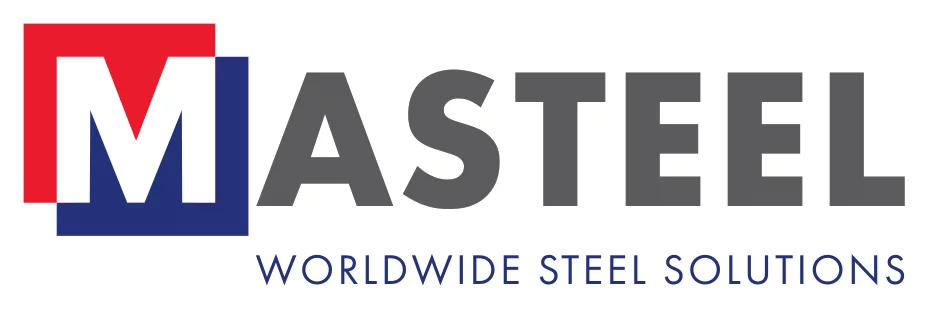Armoured medical vehicles (AMVs) are military-grade transport units developed to retrieve and treat injured personnel in high-risk environments. Whether used in active combat zones, peacekeeping deployments, or disaster relief efforts, AMVs are relied upon to reach casualties quickly and keep them safe en route to advanced care. To carry out their role in dangerous environments, AMVs must be built to withstand a range of threats, including small arms fire, shrapnel, improvised explosive devices, and chemical exposure. They are protected through a combination of specialised materials and integrated systems, each contributing to the safety of those on board.
The Materials That Keep AMVs Safe
Steel and alloy frameworks form the foundation of protection for AMVs. They are engineered to withstand ballistic impact, absorb explosive forces, and maintain a low weight for mobility. Such a mix of properties is achieved through the use of carefully selected metals suited to military conditions.
Protection 400 Armour Plate
Protection 400 armour plate is a high-performance steel with a Brinell hardness of approximately 400 and a tensile strength of 1250 MPa. Within AMVs, it’s commonly used for constructing the primary hull, where it forms the first layer of ballistic defence. By resisting penetration from small arms fire and fragmentation, Protection 400 helps preserve the vehicle’s structural integrity during attacks. The workability of Protection 400 armour plate also makes it suitable for forming the complex shapes required in vehicle design, ensuring comprehensive coverage without compromising strength.
Protection 500 Armour Plate
AMVs incorporate Protection 500 armour plate in areas that are more likely to face sustained or high-calibre attacks, including the sides, front, and underbody. Boasting a Brinell hardness of up to 540 and a tensile strength up to 1600 MPa, Protection 500 provides enhanced resistance against armour-piercing rounds and repeated ballistic strikes. Incorporating Protection 500 into the most vulnerable zones of AMVs strengthens their capacity to withstand direct strikes and maintain operational security under fire.
370T and 440T Armour Steels
Blast threats from IEDs and landmines pose a significant risk to AMVs, especially to their underbody and floor structures. 370T and 440T steels are designed to absorb and dissipate explosive energy in these high-risk areas. Found in the lower hull, flooring, and wheel arches, these steels deform under impact, which helps reduce the force transferred to the occupants and prevents structural failure. This energy absorption capability is critical for protecting the crew and patients from serious injury during blast events, ensuring the armoured medical vehicle can continue to perform its function in extreme conditions.
S690QL and S960QL
An armoured medical vehicle must remain structurally sound and mobile, even in the event of partial damage. High-strength structural steels like S690QL and S960QL contribute through maintaining the integrity of the chassis, frames, and load-bearing components during impact or stress. When used in AMVs, such steels protect structural components like the subframe, cross-members, and engine mounts from warping or collapsing during combat or post-blast impact. Using strong structural steels help prevent misalignment, collapse, or chassis failure, keeping the AMV stable and drivable even after exposure to blasts or rough terrain.
S700MC and S960MC
Thermomechanically rolled steels such as S700MC and S960MC enhance protection through reinforcing lightweight components that demand strength and flexibility. Utilised in auxiliary structures like medical equipment modules and retractable loading ramps, their high strength-to-weight ratio supports stability without overburdening the vehicle. Integrating S700MC and S960MC into structural and auxiliary elements strengthens components that would otherwise be more vulnerable to damage, helping preserve the AMV’s defensive integrity during collisions, impacts, or evasive manoeuvres.
Beyond Armour: Additional Protection
While the AMV’s material composition provides core physical protection, modern AMVs rely on other systems to enhance survivability.
Blast Mitigation Design
V-shaped hulls are used to redirect the force of blasts away from the cabin of the AMV, helping prevent structural deformation and protecting critical vehicle components. Moreover, reinforced floors and energy-absorbing seating reduce the impact felt by the frame, keeping the AMV intact and operational after an explosion.
NBC (Nuclear, Biological, Chemical) Protection
Sealed cabins equipped with overpressure systems, HEPA filters, and carbon filtration units stop hazardous agents from entering the AMV. Preventing internal contamination helps safeguard sensitive systems and maintain the controlled environment vital for the AMV’s protective performance during chemical or biological exposure.
Mobility and Tactical Agility
Run-flat tyres, all-wheel drive, and high-clearance suspensions ensure the AMV can keep moving even after sustaining damage. Retaining mobility during an attack helps prevent the AMV from becoming a stationary target, reducing the risk of further structural damage and enabling safer repositioning.
Masteel’s Contribution to AMV Protection
Masteel provides the materials that deliver crucial protection for modern AMVs. From Protection 400 and Protection 500 plates to high-strength structural steels, our certified products are tailored for defence-grade performance. Every material complies with international defence standards and can be custom-cut for fast, mission-specific integration, supporting both humanitarian and military efforts and helping to secure the safe return of medics once mobilised. Speak to our team today and learn more about our defence-grade steels and how they support vehicle protection in high-risk environments.
